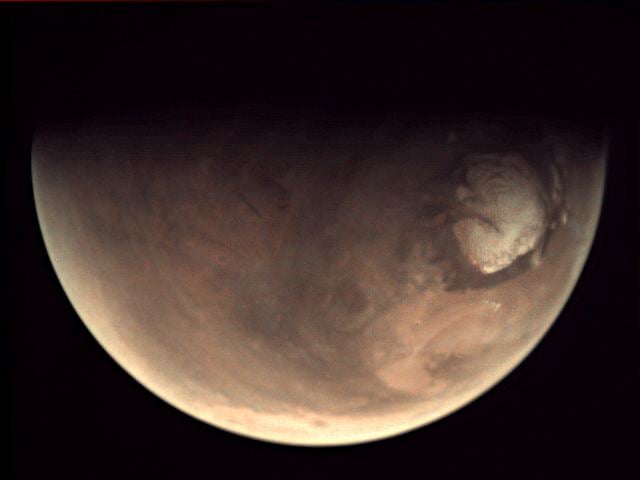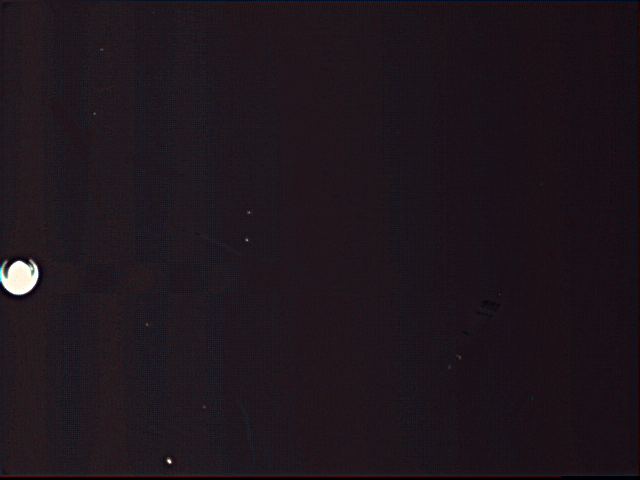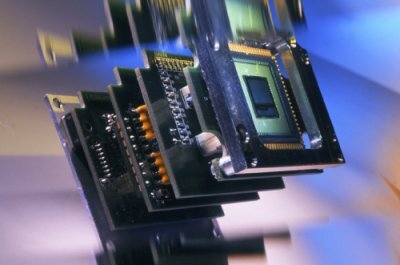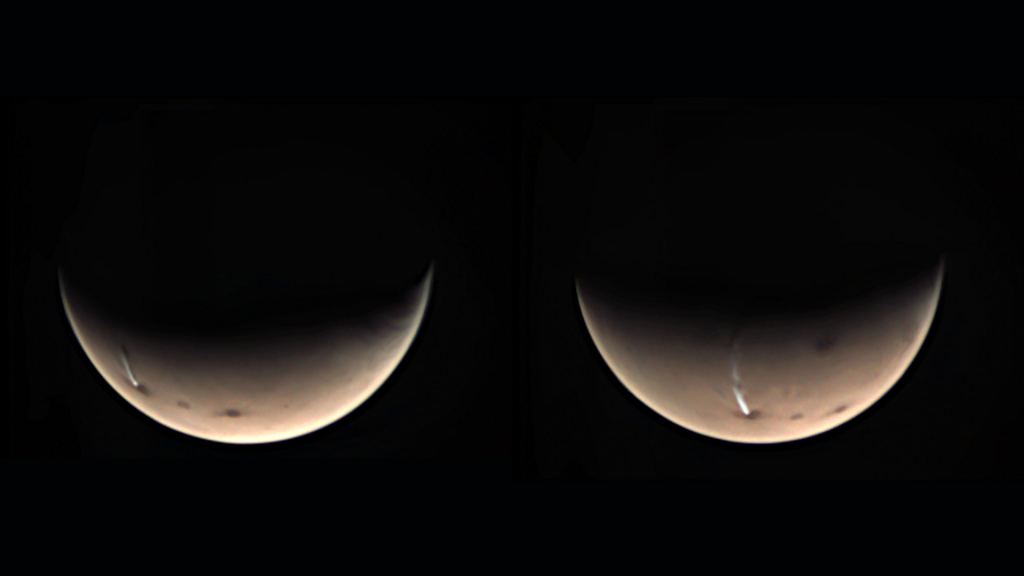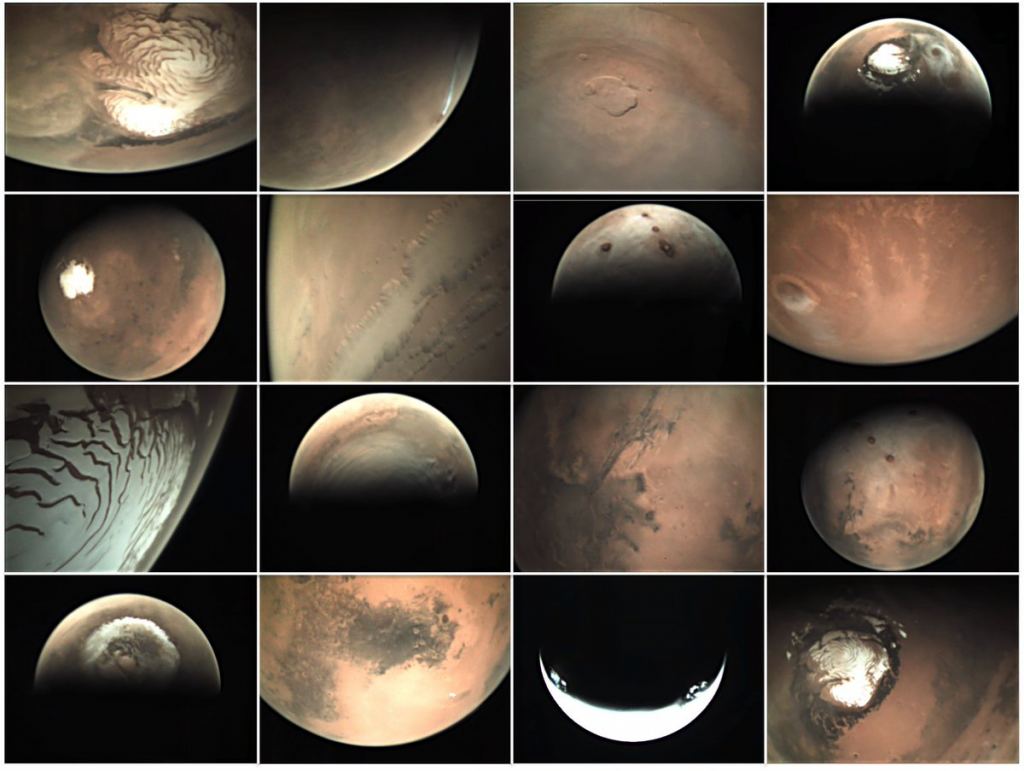A camera aboard the Mars Express orbiter finds a new lease on life.
Sometimes, limitations can lead to innovation. A recent paper highlights how researchers are utilizing the VMC (Visual Monitoring Camera) aboard the European Space Agency's (ESA) venerable Mars Express orbiter.
The work is a collaboration between the European Space Agency (ESA) and the University of the Basque Country.
A Mars Webcam
Mars Express is ESA's first Mars mission. Launched on a Soyuz rocket, Mars Express arrived in orbit around the Red Planet on Christmas Day 2003. The VMC was designed for one primary purpose: to monitor the departure of the ill-fated Beagle 2 lander, which was released from Mars Express on December 19th, just under a week prior to orbital insertion. The camera was switched off after the Beagle 2 release was complete, then brought back online in 2007.
"(The) VMC camera was originally intended to take only a few snapshots of the lander release," Alejandro Cardesín-Moinelo (ESA Mars Express Science Operations) told *Universe Today*. "The camera was then 'forgotten' for a few years until it was switched on again in 2007 as an engineering test. This showed a great value for public outreach and so it started to be operated regularly. In recent years, VMC images started getting more and more popular and raised the attention of the community due to its scientific potential."
A Unique Orbit
The VMC was initially only tasked with taking supplementary images of Mars. A 2016 collaboration saw a push to upgrade the camera for scientific use. In 2018, it found a role monitoring the Martian weather. Mars Express is in a nearly polar orbit. Its distant 11,560 kilometer apoapsis vantage point along its 7.5 hour orbit is ideal for full disk observations.
The small VMC camera has a 40 by 30 degree wide field of view. This means it monitor full disk weather on Mars. Mars Express also offers the key advantage of a more flexible orbit versus other missions. The mission sees regions at different times and at illuminations.
Mars Express as a Weather Satellite
"VMC has proven to be a great asset in the global monitoring of the Martian atmosphere, complementing all other scientific instruments and providing very useful information on meteorological phenomena, mostly atmospheric aerosols, ice clouds and dust storms" says Cardesín-Moinelo. "Among the many scientific contributions, the main discovery was the striking Arsia Mons ' elongated cloud ' spotted in 2018, a 1,500 kilometer cloud which had not been reported by any previous mission."
The imaging workflow for VMC uses bias, flat and dark frames, not unlike what amateur astrophotographers use to process images. VMC is similar to old turn-of-the-century webcams, and produces small images that are easy to transmit back to Earth.
This also allows the VMC to carry out serious science. The instrument is calibrated for full disk photometry, useful for tracking weather and changes on Mars. Though VMC has a limited dynamic range, running a variety of exposures allows for the HDR (High Dynamic Range) imaging needed to reveal elusive features. Smartphone cameras use this sort of 'hack' to tease out detail.
Evolution of a Mars Camera
"VMC is similar to a 'cheap' standard cell-phone camera of the early 2000s, with less than 0.2 megapixels," says Cardesín-Moinelo. "This cannot provide a huge level of detail, but is located in an 'extraordinary place,' flying around Mars. This allows us to retrieve tens of images of the full disk of Mars every day so we can monitor the atmospheric clouds and dust storms, which we could not do with any other instrument. This kind of 'cheap' wide camera has proven very useful, so we are now pushing to fly an up-to-date camera in future missions, with more resolution and better performance to improve the global monitoring of the planet."
But VMC had other issues to overcome as well in order to provide crucial science data. First, Mars Express's internal clock isn't entirely accurate. Plus, engineers fixed VMC on the chassis of the spacecraft. This means it points where Mars Express points during operations. In addition to using star field shots to get a fix on the spacecraft's position, the team uses transits of the moons Phobos and Deimos across the disk of Mars as a clock to calibrate images and verify timestamps.
VMC isn't alone in monitoring Martian weather. The United Arab Emirates' Mars Hope also does full disk imaging and can help see what's currently going on. These opposing view points are handy to have as dust storm season evolves. Other instruments such as JunoCam aboard NASA's Juno mission in orbit around Jupiter are designed solely around a similar sort of public collaboration.
Small Cameras for Small Missions
Finally, these sorts of basic off-the-shelf cameras are becoming standard equipment on smallsats. Examples in planetary science include the Mars Cube One MarCO-A and B cubesats which hitched a ride with NASA's Mars Insight lander which flew past Mars in 2018, the Minerva-II landers aboard the Hayabusa 2 asteroid mission, and the Italian Space Agency's LICIACube mission which witnessed the DART impact into asteroid Dimorphos in 2022.
Certainly, this is a game-changer for Martian weather predictions. It's fascinating to see the unique images of Mars provided by VMC, as a demonstration of how old hardware in space can find a new purpose.
 Universe Today
Universe Today
